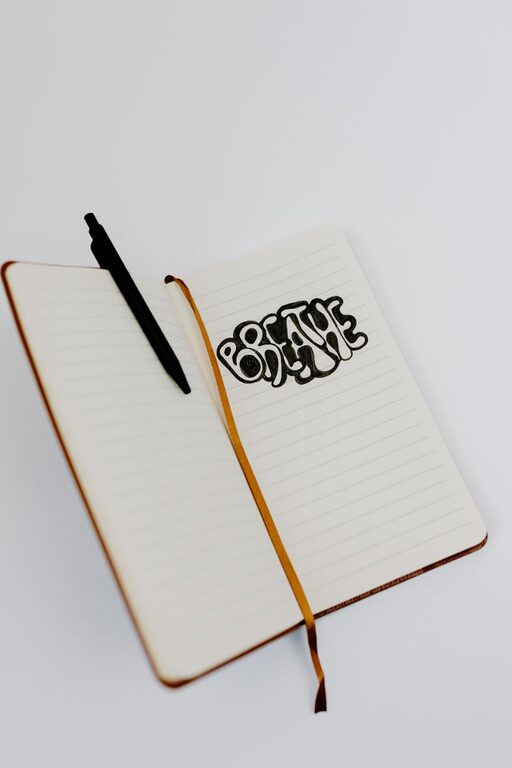
Building good habits and maintaining consistency can feel challenging, but with the right approach, it becomes manageable and even rewarding. Tracking your habits is a proven way to increase awareness, stay motivated, and create lasting change. In this post, we’ll explore practical tips and methods to help you track your habits effectively and stay consistent over time.
Why Track Habits?
Before diving into how to track habits, it’s important to understand why it matters.
- **Visibility**: Tracking makes your progress clear. Visual evidence of your actions boosts motivation.
- **Accountability**: When you log your habits, you hold yourself accountable, reducing the chance of slipping.
- **Pattern Recognition**: Habit tracking helps identify trends and obstacles, guiding improvements.
- **Positive Reinforcement**: Seeing successes encourages you to keep going.
Now, let’s look at ways to track habits and maintain consistency.
Choose the Right Habits to Track
Start by selecting habits that are specific and meaningful.
– Focus on a Few Habits: Tracking too many at once can be overwhelming. Begin with 2 to 3 key habits.
– Set Clear Goals: Define what success looks like for each habit (e.g., “Drink 8 glasses of water daily” instead of “Drink more water”).
– Prioritize Impactful Habits: Choose habits that align with your values and long-term goals.
Methods to Track Your Habits
There are many tracking methods, so pick what fits your style and routine.
1. Habit Tracker Apps
Apps offer convenience and features like reminders and progress charts.
– Examples: Habitica, Streaks, HabitBull
– Benefits: Easy to update, data sync across devices, gamification possible
– Tips: Set daily reminders and review weekly summaries
2. Bullet Journals or Habit Trackers
Using a paper journal can be satisfying and creative.
– Draw simple grids or charts with days and habits
– Mark completed habits with checkmarks, colors, or stickers
– Advantages: Customizable, tactile experience, less screen time
3. Calendars and Wall Charts
Visual cues in frequently seen places remind you to perform habits.
– Use a large calendar and put an X or dot on days you complete a habit
– Hang a chart where you spend a lot of time (e.g., near your desk or fridge)
4. Simple Checklists or To-Do Lists
For those who prefer minimal tools, a daily checklist works well.
– Include habits as line items and check them off when done
– Combine with your existing planner or notes app
Tips to Stay Consistent
Tracking habits is only half the battle. Building a routine requires consistent effort.
1. Start Small and Build Gradually
– Begin with easy, achievable habits to build momentum
– Increase difficulty or frequency as habits solidify
2. Link Habits to Existing Routines
– Use habit stacking: attach a new habit to a current one (e.g., “After brushing teeth, floss one tooth”)
– This creates natural reminders and reduces friction
3. Celebrate Progress
– Reward yourself for streaks or milestones
– Positive reinforcement encourages continuation
4. Reflect Regularly
– Set weekly or monthly check-ins to review progress
– Adjust goals or methods if needed
5. Plan for Obstacles
– Expect setbacks and have a strategy to get back on track
– Avoid all-or-nothing thinking; missing one day doesn’t mean failure
6. Use Reminders and Triggers
– Set alarms or notifications at habit times
– Place cues in your environment to prompt action
Examples of Habit Tracking in Practice
Imagine you want to build the habit of daily reading for 20 minutes.
– Use a habit tracker app to log each day you read
– Attach reading to a current habit, like drinking your morning coffee
– Set an alarm as a reminder if needed
– At the end of each week, review your progress and reward yourself for consistency
By breaking it down this way, tracking and consistency feel more achievable.
Conclusion
Tracking your habits is a powerful tool to support lasting change. Whether you prefer digital apps, journals, or simple checklists, the key is to choose a system that fits your lifestyle. Combine habit tracking with strategies like starting small, linking habits to routines, and regular reflection to stay consistent. With patience and persistence, you’ll find habits gradually becoming automatic parts of your day.
Remember: progress is a journey, not a race. Celebrate every step forward!



